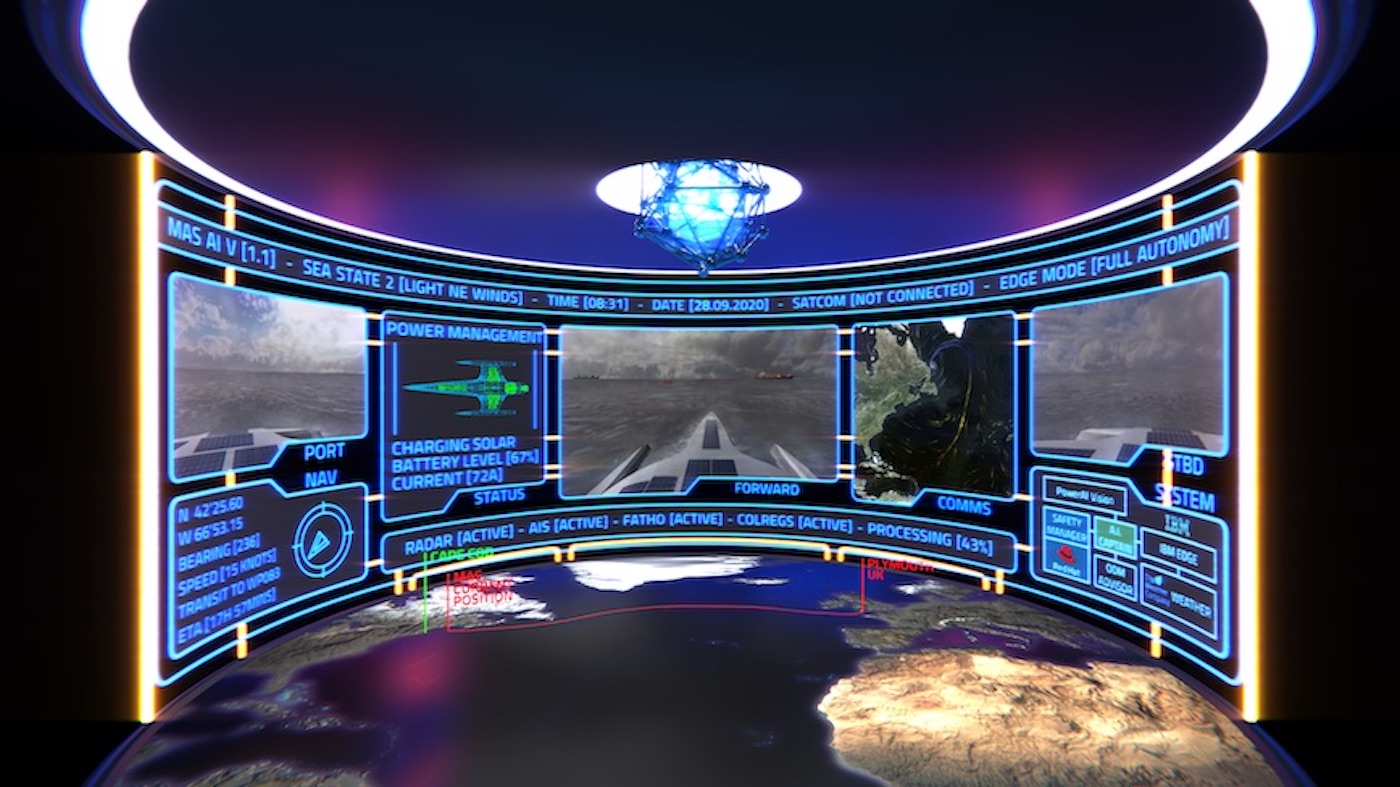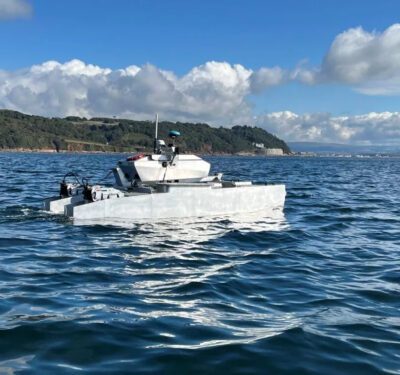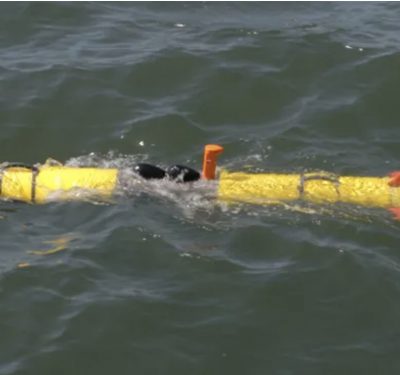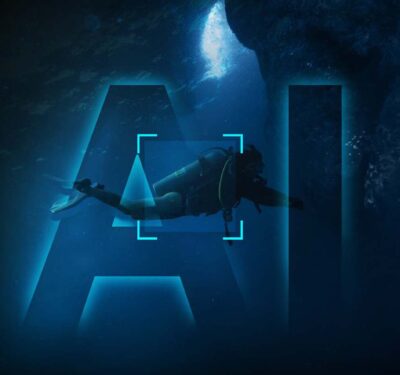
Mayflower Autonomous Ship
The Mayflower Autonomous Ship (MAS) launched from Plymouth, UK in September on its sea-going shakedown trials. Ocean research non-profit ProMare and IBM outfitted the vessel to conduct itself independently at sea. It is destined for a transAtlantic crossing in spring 2021. The Mayflower is an artificial intelligence (AI)-, wind- and solar-powered marine research vessel designed to gather vital environmental data.
Autonomous navigation aboard the MAS is accomplished with two Hexagon | Veripos LD8 Integrated Mobile Units receiving GNSS corrections through an L-band demodulator. The units can be configured with single- or dual-frequency receivers to employ either VERIPOS Apex or Ultra services. Both use precise point positioning (PPP), modeling GNSS error sources to provide 5-centimeter accuracy worldwide.
VERIPOS will provide support to the MAS and the Plymouth control center through its own Network Control Center in Aberdeen, Scotland, and a backup NCC in Singapore.

All images courtesy IBM.
MAS features an AI Captain built by ProMare and IBM developers which gives MAS the ability to sense, think and make decisions at sea with no human captain or onboard crew. The new class of marine AI is underpinned by IBM’s latest advanced edge computing systems, automation software, computer vision technology and Red Hat Open Source software.
“Able to scan the horizon for possible hazards, make informed decisions and change its course based on a fusion of live data, the Mayflower Autonomous Ship has more in common with a modern bank than its 17th century namesake,” said Andy Stanford-Clark, Chief Technology Officer, IBM UK & Ireland. “With its ability to keep running in the face of the most challenging conditions, this small ship is a microcosm for every aspiring 21st century business.”
An MAS400 web portal provides real-time updates about the ship’s location, environmental conditions and data from its various research projects.
The portal features an octopus chatbot called Artie, who claims to be hitching a ride on the ship. Powered by IBM Watson Assistant technology and created in partnership with European start-up Chatbotbay, Artie has been trained to provide information about MAS and its adventures in a lively, and accessible format.
MAS’s transatlantic voyage will be based on a similar route and pioneering spirit to the 1620 Mayflower which made the same crossing 400 years ago. Earlier Inside Unmanned Systems stories about the Mayflower can be seen here and here.
Humans on board: 0
Autonomy level: 5 (can operate independently with no human intervention)
Sensors on board: 30+
AI Cameras on board: 6
Science projects: Marine mammals, micro plastics, sea level height & wave patterns, oceanographic and environmental data collection
Length: 15M
Width: 6.2M
Max speed: 10 knots
Weight: 5 tons/4535KG
Hull design: Trimaran (central hull with two outrigger wings)
Power: Solar-driven hybrid electric motor






